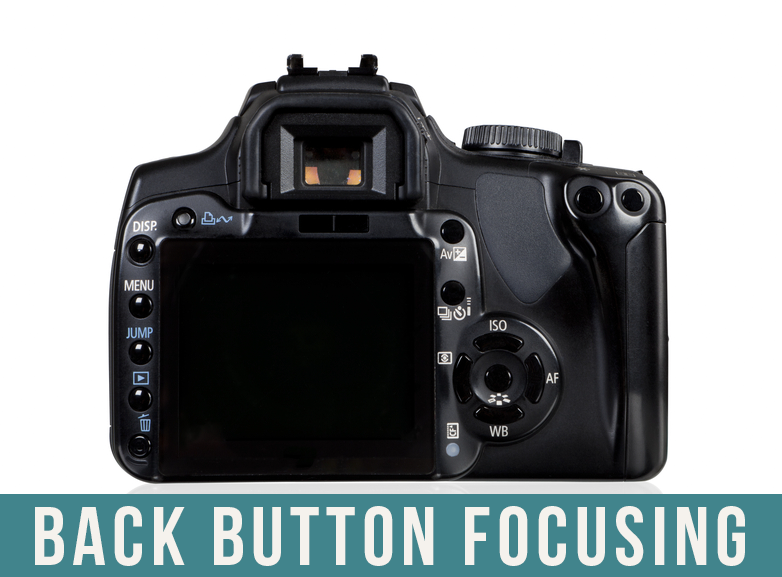
So let’s get real…don’t we all have photography terms that make us say “huh?” Yet we nod and say “oh yeah I do that too” even though we don’t have a clue what that means? I muddled through the beginning of my photography hobby this way and of course, Google has been this girl’s best friend. I Google everything. Literally everything. If my husband and I disagree about anything that can be proven online, I’m there. From the names of pieces of art, the year of a catastrophic event or even the age of an actor. And -sorry honey- but I’ve got lightening speed Google skills.
One of these terms I’m going to talk about today is ‘back button focusing’. And if you can Google it, why am I here telling you about it now? Because I pride myself on giving advice in real.plain.english and most of what you find out there will still make you say “huh?”
There are two ways you can focus your shot. Personally, I manually select my focus point by pressing a button on the back of my camera and toggling the red square on screen until it’s where I want it. Another option is full auto focus where you let the camera light up all the focus points it can grab instead of choosing them yourself. In addition to these two methods of choosing where to focus, there are two ways to select when to focus. You can use the shutter release button or a button on the back of the camera. Oh, a note: if you don’t see focus points in your screen, just turn them on in your settings
Normally, you press the shutter half way until it’s focused and then press the rest of the way to release the shutter. With back button focusing, instead of pressing the shutter button half way, you press a button on the back of the camera to focus and then the shutter button to take the picture. You’ll have to check out your manual for where this button is located and how to turn on the option, but it’s usually in a spot that’s convenient when holding the camera to your eye. So my thumb is on the focus button while my index finger is on the shutter.
What are the reasons you’d want to employ this method instead of the usual way?
- Solves the problem of the heavy trigger finger pressing all the way before you’re ready
- This separates the steps of focusing the shot from taking the picture. Which is an important thing to do. This extra step confirms that mentality.
- You’ll have more control over when and where the camera focuses. Who doesn’t want that?!
Give it a try for a day or two. I think you’ll love it!

![]()
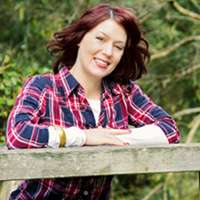 About the Author: Elizabeth Halford is a professional photographer and blogger in Hampshire, England. She owns Glacier Cake Photography and a blog for photographers. Elizabeth is a second generation home educator and is, regrettably, quite addicted to Facebook.
About the Author: Elizabeth Halford is a professional photographer and blogger in Hampshire, England. She owns Glacier Cake Photography and a blog for photographers. Elizabeth is a second generation home educator and is, regrettably, quite addicted to Facebook.





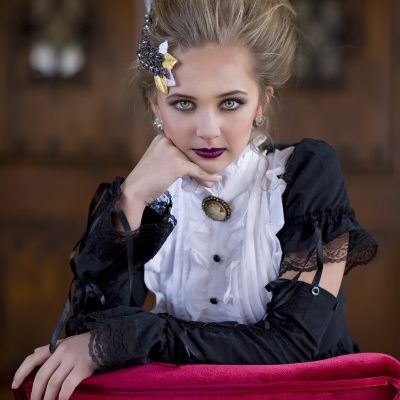
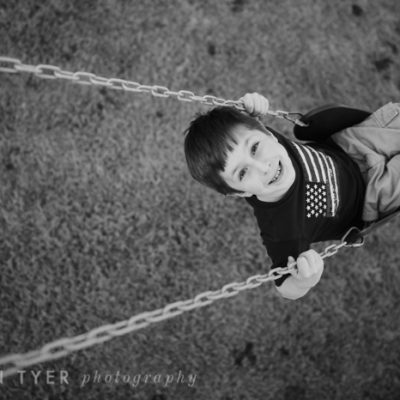

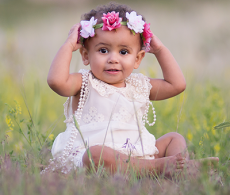
Thanks, Elizabeth. I did not know that. I have noticed that some of my images taken with my 50mm 1.4 are not always in focus where I thought they were going to be. Hopefully, this technique will help.
I have the canon rebel and it does not seem I have that back button focus. I looked in my manual and cannot find it. Is this with higher end cameras only?
Thank you! I had recently read about this from another article and learned too that by using the back focus, it could help save battery life since by pressing te shutter, it drains the battery? Thanks for the plain.english.explanation.
Susan-
I have the rebel T1i and it works. Older versions dont. Here’s a good website and instructions if you have a newer Rebel.
Morgan
I have the rebel xsi and love back button focus
Back button changed my life, I love it. I love keeping my focus on the center box, locking the subject into focus, and then recomposing my shot instead of toggling focus. It made composition so much easier. I don’t have to fumble around with the arrows anymore. Everyone should try it!!!
Thank you Elizabeth, I needed this!
I could be wrong, but I strongly suspect this feature isn’t nearly as useful on a NIKON. I have only ever heard of Cannon shooters who use this feature. I would love to find a NIKON user walk through how this works, and if it provides the same benefits as on the cannons. It is my understanding that NIKON has focus lock, which involves more steps to use.
Question – how do you like this at really shallow depths of fields? Can’t a slight movement of the camera throw the focus off?
something new – to me – thanks! I have a canon 60d, will be figuring this out today.
I can’t wait to try this and thank you for your plain english explanation! Another lingo that I hear from other photographers is “washing” their photos during editing. This is something that confuses me and i think maybe people have a few different definitions for this. I thought it was fading out your photo, or washing out the color, and giving it a vintage look. Anyone else have a definition for this or an opinion?
Thanks,
Stephanie
Thanks Elizabeth, this explains BBF well and I understand it. But I’d like to try it out. I am not sure how to set it up in the camera. I have a canon 450D. I have gone though the manual and under C.fn IV, there are 3 settings but not sure which one to use.
Would appreciate very much if you could please help..
Its amazing ive been learning fast for a year and a half about photography and never heard of back focusing and then ive read about it three times in the last two week, better learn to back focus then 🙂
I just had to google how to set this up on my camera today but I tried it and I really like how it feels. It gives my thumb someplace to sit and I do like that the shutter button becomes just that and not also the focuser and such. Thanks for the quick tutorial, I would have never know this!
Any info on how to do this on a Sony A65? Haven’t been able to figure that one out and I’m pretty camera savvy if not yet professional.
To be clear, my kids and I consistently choose our focus points and shoot in manual mode, but we still have to use the shutter release to do the actual focusing if we are allowing the camera to autofocus. My kids are much quicker learners than I, if less thorough, but none of us have been able to figure how to move the actual autofocus to another button
Looked at manual, can’t find anything on a Nikon D7000; am I overlooking or is it because of Nikon’s focusing system?